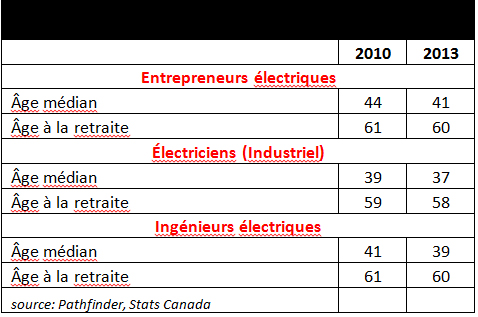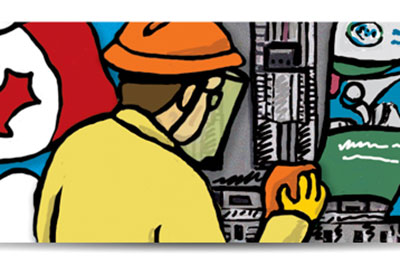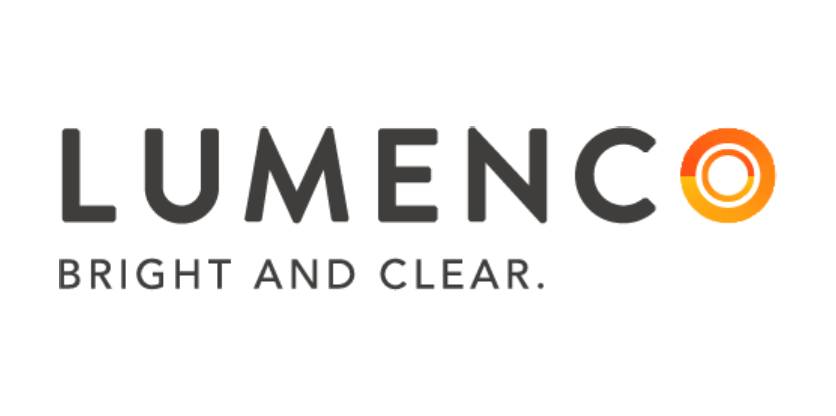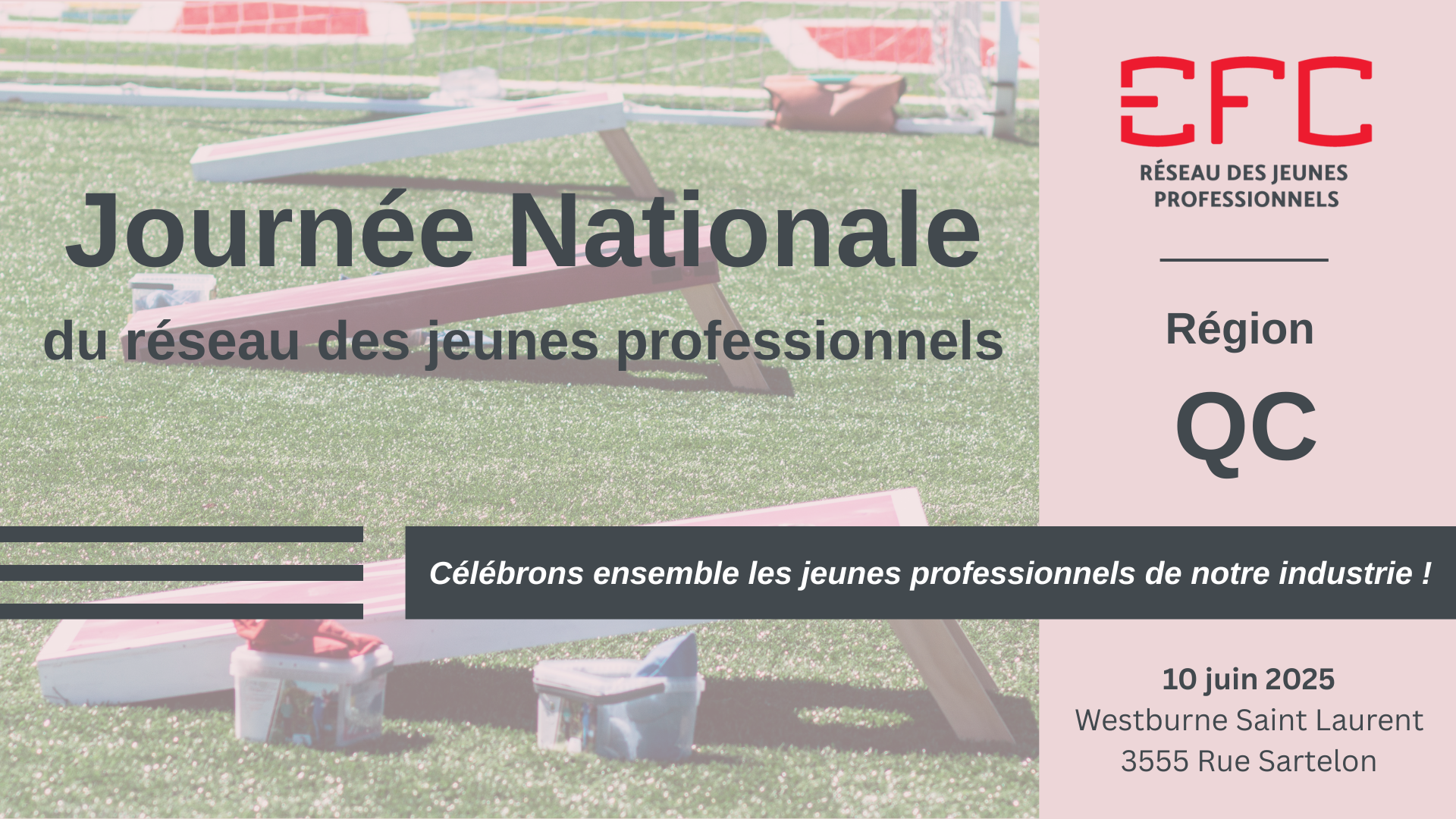Trois raisons qui expliquent pourquoi l’éclairage représente un investissement
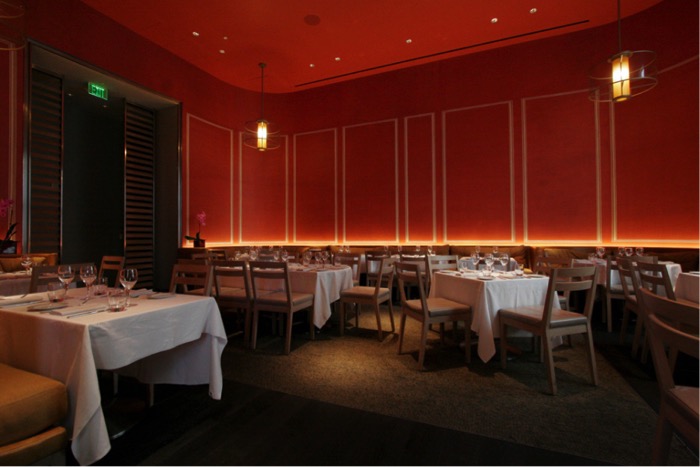
JP Bedell
Chaque projet a un budget. Que ce soit pour un nouveau bureau corporatif ou un restaurant qui ouvre dans un quartier branché. Les budgets sont réels et les entrepreneurs doivent les respecter. Certains pensent que lorsqu’il s’agit d’éclairage les choses sont un peu différentes, parce que l’éclairage c’est un investissement et non une simple amélioration, la lumière est ce qui nous met en contact direct avec un espace. Voici trois raisons pour lesquelles nous devrions considérer l’éclairage comme un investissement : Un éclairage réussi peut être une source de profit en donnant une signature unique à un endroit, les systèmes de commandes permettent de réduire les coûts énergétiques, l’équipement de qualité dure.
Every project has a budget. Whether it’s a company’s new office or the latest restaurant to open on New York’s lower east side. Budgets are real things and we all have to respect them as part of the design/build industry. Of course we think of lighting a little bit differently at SDA Lighting. We see lighting as an investment in a space, beyond an enhancement. Light is at the centre of how we experience spaces. Here are three reasons to look at lighting as an investment.
Great light is a profit centre
Whether you’re building a retail space or an office, great lighting is one of the key tools in your arsenal to increasing the profit of your space. In retail, lighting design is a key way to make your product “pop” and to drive foot traffic to the key sales areas. Generic lighting tells customers that nothing is special. Speaking from personal experience, I can tell you that great lighting on products can be the difference between “OK” performance and incredible profit.
You might be thinking, “Sure, that makes sense for retail, but how can lighting in my client’s office increase profit?” Well, there is an increasing body of research evidence that high quality lighting improves focus, attention and productivity. This happens by reducing unwanted glare, controlling sunlight infiltration to the space and providing flicker free illumination. Specifying high-quality lighting ensures the most productive office possible. Leading companies such as Google, Facebook, Microsoft and other are falling over each other to create spaces that their workers want to come to everyday. Follow that trend.
Controls reduce cost, and create environments
When engaging in a renovation or new build it’s easy to overlook lighting controls. The bottom line: whether you’re looking to save energy or to create atmosphere, lighting controls are the only way to consistently wring optimal performance out of your lighting system. Virtually any commercial renovation for which you will file drawings will require that you install an energy code compliant lighting control system. However, even without the law requiring such an installation, lighting controls are low hanging fruit to reduce operational overhead. Simple occupancy sensors save a minimum of 20% in lighting energy in most commercial spaces. Tie in scheduling, task tuning and daylight harvesting, and you can reduce electrical use due to lighting anywhere from 35-50% depending on the space and applications.
But it’s about more than saving money. What if you’re running a restaurant? I’m willing to bet that the ambience you want during the lunch rush is a bit different than the one you want during dinner service. Lighting controls that tie into music, shades and audio visual equipment can instantly change a space and create the mood you want for your restaurant, bar, or hotel lobby.
Warm white linear lighting at DB Bistro by Ecosense made the wall colour glow even warmer in this application.
Good equipment matters
When you’re working on a space there is often a temptation (especially as the bills start getting higher) to reduce the quality of the lighting fixtures. As time and money run shorter, so do people’s patience and all of the sudden substitutions are starting to happen. While it’s tempting to say a fixture is “good enough,” in our experience “good enough” usually isn’t. If you specify dimmable 2×2 LED troffers and substitute them with low-cost fluorescent, odds are they won’t be dimmable. There goes the task tuning and comfortable daylight harvesting you were planning. If you have specified 2” aperture LED downlights for your booth-style seating ina restaurant and instead you swap to MR16 halogen downlights, then be prepared to install new bulbs every six months. Remember, your client’s space is a long-term investment and you want it to look amazing on day 500, not just day 1.
LED has changed everything. We’re looking at lighting systems that not only can be in place for 15 years, but could very well not need any maintenance for that period of time, depending on daily use. If you’re going to create a space like that, isn’t it worth investing in something great?
JP Bedell is a Lighting Guy from New York City. Sales rep and blogger for SDA Lighting.Stan Deutsch Associates, founded in 1962, is dedicated to offering specification-grade lighting products to the local design community. SDA offers quality lighting solutions to commercial, retail, hospitality, institutional, healthcare and educational markets; http://www.sdalighting.com.
Read these other articles by JP Bedell in Lighting Design & Specification:
• Here’s How Wireless Lighting Control Will Save Businesses, Campuses and Cities Money http://lighting.electricalindustry.ca/61-managing-your-business/1098-here-s-how-wireless-lighting-control-will-save-businesses-campuses-and-cities-money
• Tunable White Will Be The Lighting Game Changer of 2015 http://lighting.electricalindustry.ca/led-update/1007-tunable-white-will-be-the-lighting-game-changer-of-2015


